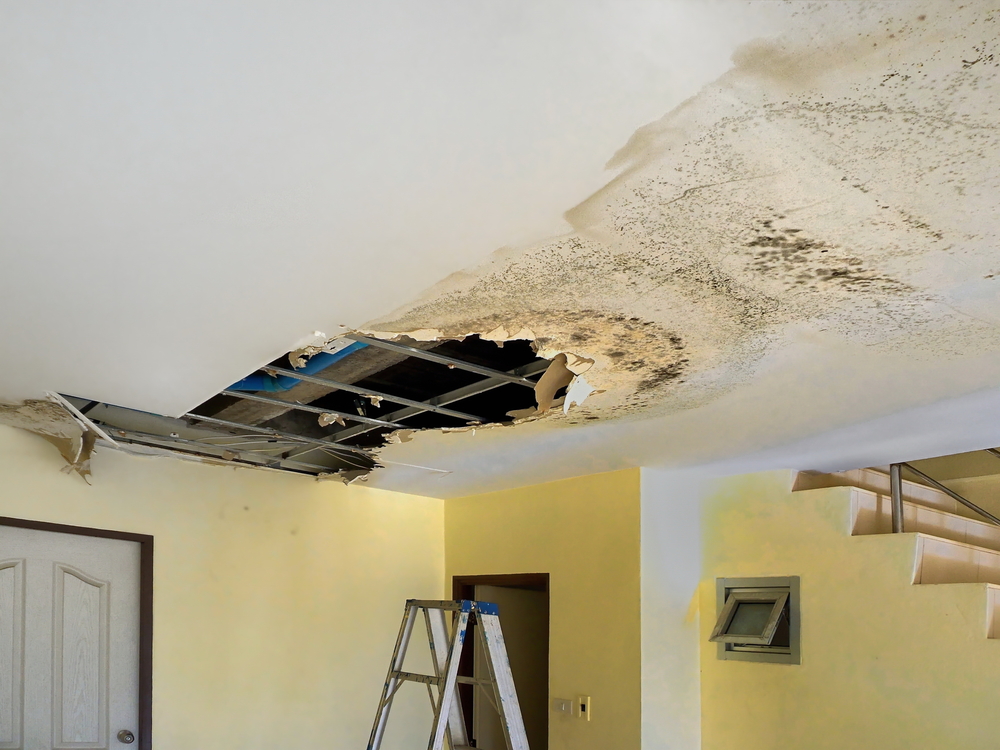6 Ways to Locate Concealed Water Leaks in Your House
6 Ways to Locate Concealed Water Leaks in Your House
Blog Article
Just how do you really feel on the subject of Detecting hidden plumbing leaks?

Early detection of leaking water lines can alleviate a possible calamity. Some small water leakages might not be noticeable.
1. Examine the Water Meter
Every house has a water meter. Checking it is a surefire way that assists you find leaks. For starters, shut off all the water resources. Make sure no one will flush, use the faucet, shower, run the washing machine or dishwasher. From there, go to the meter and watch if it will change. Since no one is utilizing it, there need to be no activities. If it relocates, that shows a fast-moving leakage. Also, if you discover no changes, wait an hour or two and examine back once more. This implies you may have a slow leakage that can even be underground.
2. Check Water Consumption
Analyze your water expenses and track your water intake. As the one paying it, you ought to notice if there are any type of disparities. If you identify sudden changes, in spite of your intake coinciding, it indicates that you have leakages in your plumbing system. Keep in mind, your water bill ought to fall under the same range every month. An abrupt spike in your costs shows a fast-moving leak.
A consistent increase every month, even with the very same behaviors, shows you have a slow-moving leak that's likewise gradually escalating. Call a plumber to completely examine your building, particularly if you really feel a cozy area on your floor with piping below.
3. Do a Food Coloring Test
30% comes from bathrooms when it comes to water intake. Test to see if they are running correctly. Decline flecks of food color in the tank as well as wait 10 mins. If the shade somehow infiltrates your bowl during that time without flushing, there's a leak between the storage tank and also dish.
4. Asses Exterior Lines
Do not forget to check your outside water lines also. Test faucets by affixing a yard pipe. Ought to water seep out of the link, you have a loose rubber gasket. Replace this and also ensure all connections are tight. If you have actually obtained an automatic sprinkler, it will help get it properly analyzed and also kept every year. One little leakage can throw away lots of water as well as surge your water bill.
5. Assess the circumstance as well as inspect
Homeowners need to make it a routine to inspect under the sink counters and even inside cabinets for any kind of bad odor or mold and mildew growth. These 2 warnings indicate a leakage so timely attention is called for. Doing routine evaluations, also bi-annually, can save you from a major issue.
Check for discolorations and also weakening as a lot of devices and pipes have a life span. If you believe leaking water lines in your plumbing system, don't wait for it to rise.
Early discovery of dripping water lines can minimize a potential catastrophe. Some little water leakages may not be visible. Inspecting it is a proven way that helps you find leakages. One little leakage can waste lots of water and surge your water expense.
If you believe dripping water lines in your plumbing system, do not wait for it to escalate.
WARNING SIGNS OF WATER LEAKAGE BEHIND THE WALL
PERSISTENT MUSTY ODORS
As water slowly drips from a leaky pipe inside the wall, flooring and sheetrock stay damp and develop an odor similar to wet cardboard. It generates a musty smell that can help you find hidden leaks.
MOLD IN UNUSUAL AREAS
Mold usually grows in wet areas like kitchens, baths and laundry rooms. If you spot the stuff on walls or baseboards in other rooms of the house, it’s a good indicator of undetected water leaks.
STAINS THAT GROW
When mold thrives around a leaky pipe, it sometimes takes hold on the inside surface of the affected wall. A growing stain on otherwise clean sheetrock is often your sign of a hidden plumbing problem.
PEELING OR BUBBLING WALLPAPER / PAINT
This clue is easy to miss in rooms that don’t get much use. When you see wallpaper separating along seams or paint bubbling or flaking off the wall, blame sheetrock that stays wet because of an undetected leak.
BUCKLED CEILINGS AND STAINED FLOORS
If ceilings or floors in bathrooms, kitchens or laundry areas develop structural problems, don’t rule out constant damp inside the walls. Wet sheetrock can affect adjacent framing, flooring and ceilings.
https://www.servicemasterbyzaba.com/blog/how-to-detect-water-leakage-in-walls/

I came across that post on Detecting hidden plumbing leaks when scouting around the web. Sharing is nice. You won't know, you may very well be doing someone a favor. Thanks a bunch for your time. Visit us again soon.
Report this page